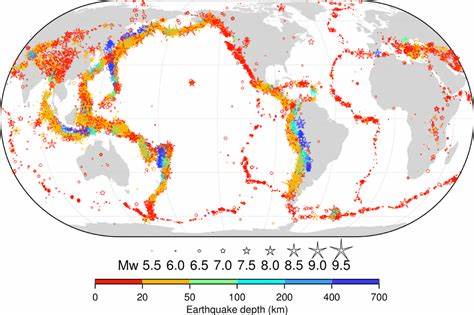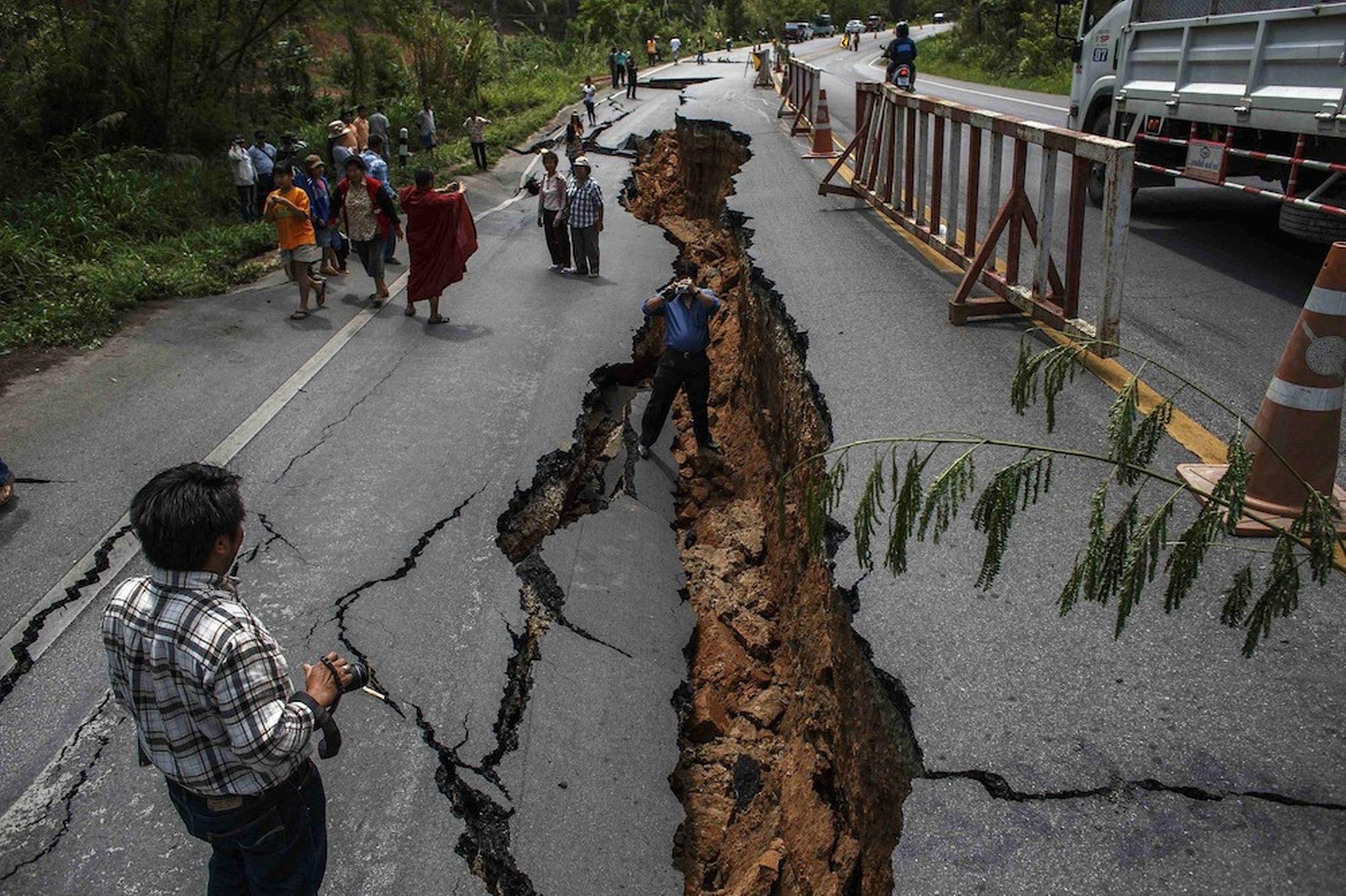Earthquakes are one of the most destructive phenomena in nature and they often have a huge impact on people’s lives without them realizing it. Scientists have been able to predict some high-risk areas for earthquakes through long-term geological research and earthquake monitoring. In this article, we will explore the locations where earthquakes are most likely to occur in 2024 in order to increase public awareness and preparedness.
Where earthquakes will happen in 2024
1. California
Located at the junction of the Pacific and North American plates, California is one of the most seismically active regions in the world. In particular, the San Andreas Fault, which is one of the most active faults on Earth, and scientists predict a high probability of major earthquakes in the region in the coming decades.
2. Turkey
Located on the collision zone between the Eurasian and Arabian plates, Turkey has a complex geology and is prone to earthquakes. In recent years, Turkey has experienced a number of destructive earthquakes, and experts predict that strong earthquakes are still likely to occur in the region in 2024.
3. Japan
Japan is an earthquake-prone country, with thousands of earthquakes occurring every year due to its geographic location on the Pacific Rim seismic belt. The Japanese government and scientific research institutions have a well-developed system for monitoring and warning of earthquakes, but even so, it is important to remain on high alert for possible earthquakes.
4. Indonesia
Located at the junction of three major geologic plates, Indonesia has one of the highest earthquake and tsunami risks in the world. Due to its unique geographic location, Indonesia will remain a high-risk area for earthquakes for years to come.
5. Chile
Chile is another country located on the Pacific Rim Seismic Zone and has experienced a number of large-scale earthquakes throughout its history. Chile has a relatively well-developed seismic monitoring network, but the unpredictability of earthquakes means that the country will continue to face potential seismic threats in the future.

Conclusion
Although earthquakes are natural phenomena that cannot be completely avoided, through scientific research and proper precautions, we can reduce the damage caused by earthquakes. Understanding high-risk areas for earthquakes, making emergency plans, and strengthening the seismic design of buildings are all effective ways to mitigate the effects of earthquakes. Let us work together to improve our ability to prevent and mitigate disasters and protect lives and property.




I don’t think the title of your article matches the content lol. Just kidding, mainly because I had some doubts after reading the article.
Your point of view caught my eye and was very interesting. Thanks. I have a question for you.